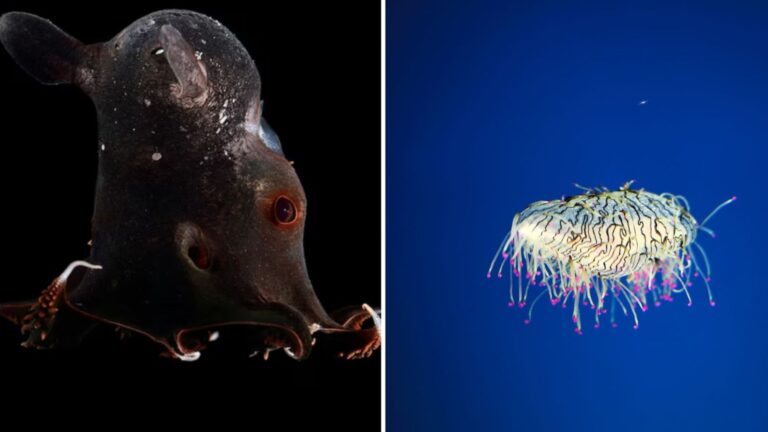Fossils Discovered In North America Reveal A New Sea Monster Species
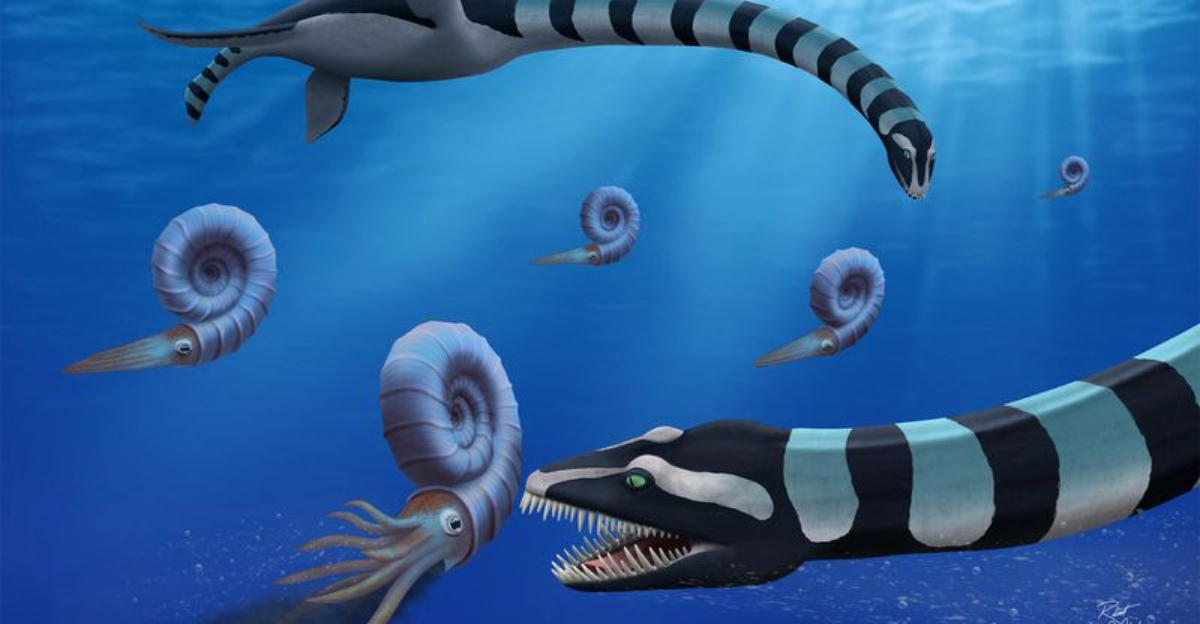
Scientists have made a thrilling discovery in British Columbia that’s causing waves in the paleontology world. A new species of marine reptile called Traskasaura sandrae has been identified from fossils found along the Pacific coastline.
This massive sea creature swam in ancient oceans during the time of dinosaurs, hunting with its incredibly long neck and specialized teeth. The discovery fills important gaps in our understanding of prehistoric marine life in North America.
New Elasmosaur Species Named From British Columbia Fossils
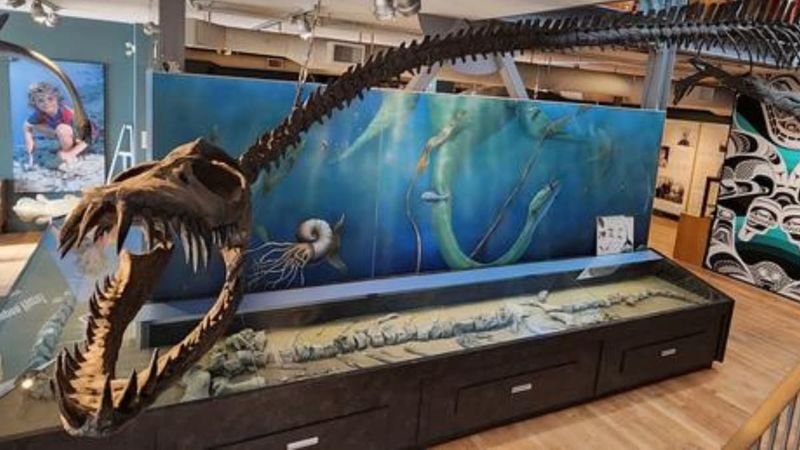
Paleontologists have officially welcomed Traskasaura sandrae to the prehistoric family tree! The creature belongs to a group called elasmosaurs – long-necked marine reptiles that ruled ancient seas.
Scientists spent years carefully examining the fossilized bones, comparing them to other known species before confirming this was something entirely new. The name honors both Sandra Trask, who played a key role in the fossil’s discovery, and the creature’s lizard-like features.
Finding a new species is like adding a missing piece to Earth’s historical puzzle, helping us better understand how life evolved in our oceans millions of years ago.
Partial Skeletons Unearthed From The Haslam Formation In The 1980s And 2000s
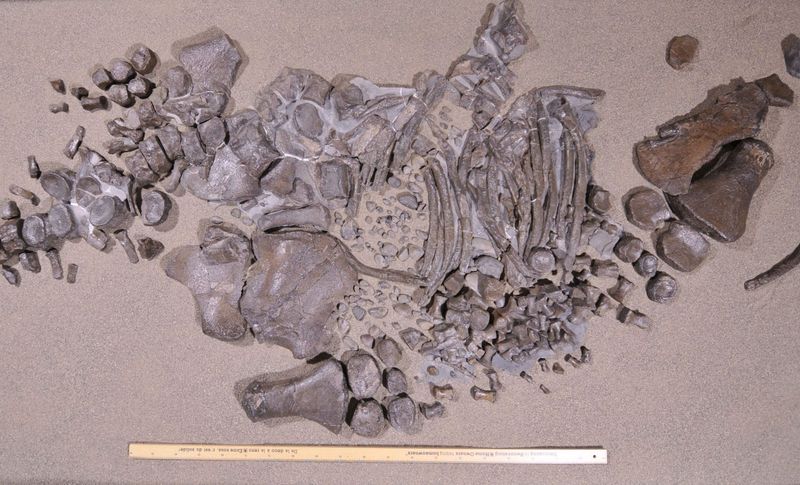
The story of Traskasaura began decades ago when the first bones emerged from the rocky Haslam Formation along British Columbia’s coastline. Initial discoveries in the 1980s yielded tantalizing fragments that hinted at something special lurking in the stone.
Later expeditions in the early 2000s uncovered additional remains, giving scientists enough material to work with. The excavation process was painstaking – each bone had to be carefully freed from rock that had encased it for millions of years.
Like pieces of an ancient puzzle, these partial skeletons from different time periods finally came together to reveal Traskasaura’s unique features.
Traskasaura Sandrae Grew To Nearly 12 Meters Long
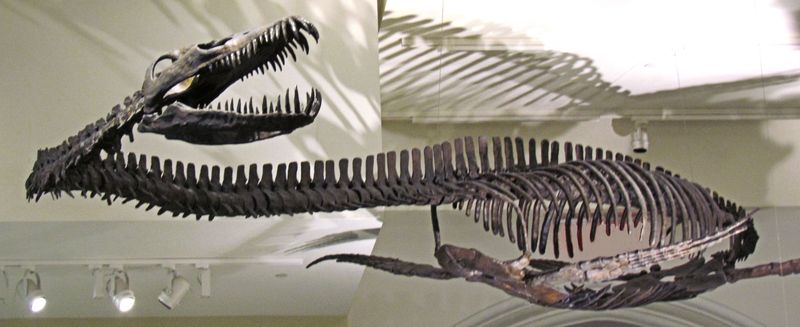
Imagine a school bus swimming through prehistoric seas – that’s roughly how massive Traskasaura was! Stretching nearly 12 meters (about 39 feet) from snout to tail tip, this marine reptile was truly a giant of its time.
Most of that impressive length came from its snake-like neck and powerful tail, both used for maneuvering through ancient waters. The creature’s body was barrel-shaped and streamlined, perfect for cutting through ocean currents.
Size estimates come from comparing the discovered bones with more complete elasmosaur specimens, allowing scientists to calculate just how enormous this sea monster would have been in life.
Long Neck Contained Over 36 Vertebrae For Agile Hunting
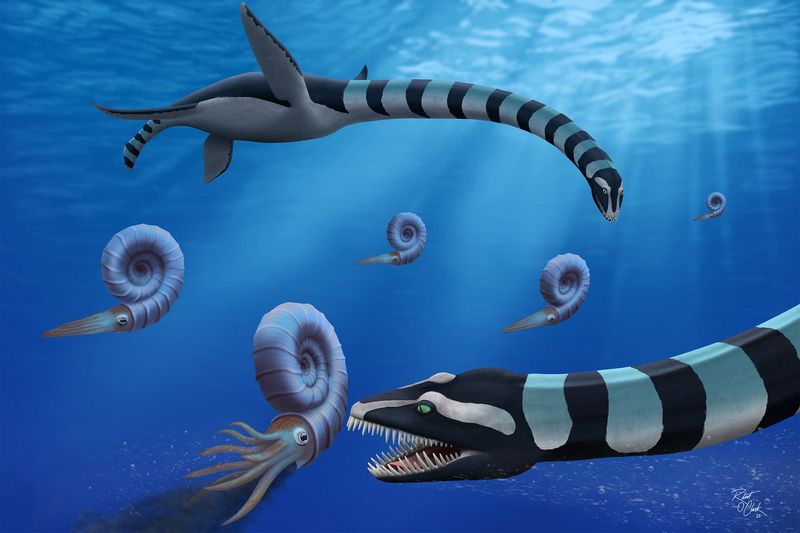
The most striking feature of Traskasaura was undoubtedly its extraordinary neck. With more than 36 specialized vertebrae strung together like beads, this flexible appendage could twist, bend, and strike with remarkable speed.
Such neck mobility gave Traskasaura a serious hunting advantage. Fossil evidence shows unique joint structures that allowed complex movements impossible for most other marine creatures of the time.
Scientists believe this neck design evolved specifically for ambush hunting – the reptile could keep its bulky body hidden while extending its head toward unsuspecting prey. Think of it as nature’s underwater sneak attack weapon, perfected millions of years before humans walked the Earth!
Robust, Crushing Teeth Indicate A Diet Of Ammonites
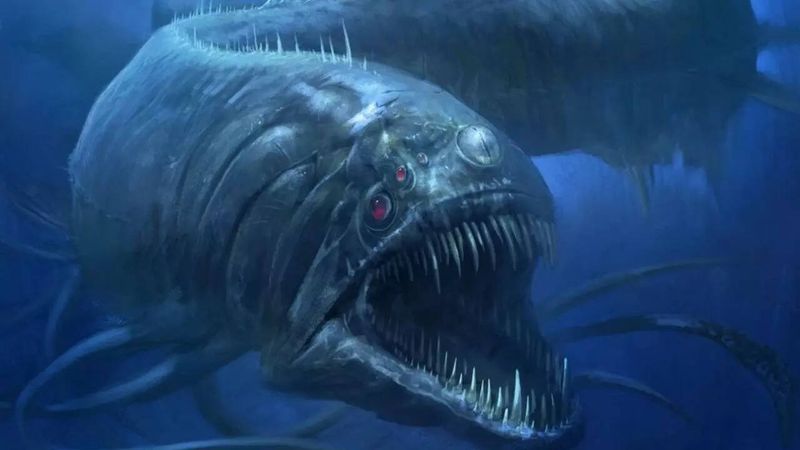
Unlike the needle-like teeth of many marine reptiles, Traskasaura’s mouth contained something special – thick, robust teeth perfect for crushing hard shells. These specialized chompers tell us exactly what was on the menu: ammonites, ancient squid-like creatures protected by spiral shells.
Microscopic wear patterns on the fossilized teeth match perfectly with damage caused by crushing hard objects. Some recovered teeth even show tiny fragments of ammonite shell embedded in them!
This dietary adaptation made Traskasaura different from many other elasmosaurs that typically hunted fish. By specializing in crunching through shells, it carved out a unique ecological niche in the ancient Pacific Ocean.
Shoulder Structure Shows A Unique Mix Of Primitive And Advanced Traits
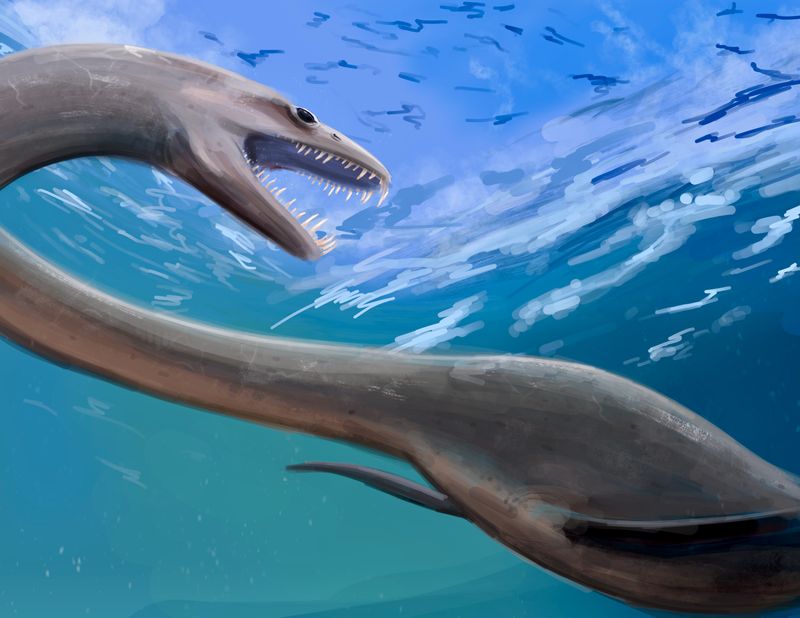
Traskasaura’s shoulder bones tell an evolutionary story unlike any other marine reptile discovered so far. The shoulder girdle combines features from both early elasmosaurs and more advanced species – a biological middle ground that excites scientists.
The scapula (shoulder blade) shows enlarged attachment sites for powerful swimming muscles, while maintaining primitive proportions seen in older species. This unusual combination suggests Traskasaura represents a transitional form in elasmosaur evolution.
Such anatomical clues help researchers map how these creatures adapted to marine life over millions of years. Each fossil discovery adds another chapter to the story of how land-dwelling reptiles returned to the sea and transformed into specialized ocean predators.
Likely Used Top-Down Hunting By Diving From Above
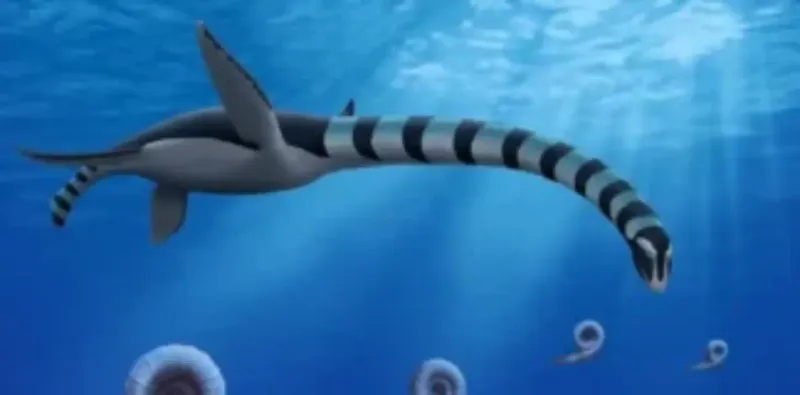
How did this massive sea monster hunt? Clues in the fossil bones point to a surprising strategy – Traskasaura likely attacked from above, diving down onto prey with its long neck extended like an underwater spear.
The creature’s bone density suggests it could control its buoyancy expertly, allowing it to hover above hunting grounds before striking. Computer models of its body shape and muscle attachments support this hunting style theory.
Modern animals like gannets and some sharks use similar top-down attacks today. Imagine swimming in ancient seas, unaware of the shadow growing larger above you – until Traskasaura’s toothy jaws came plunging down from the darkness! This hunting method would have been devastatingly effective against slow-moving bottom dwellers.
Represents The First Named Elasmosaur From British Columbia
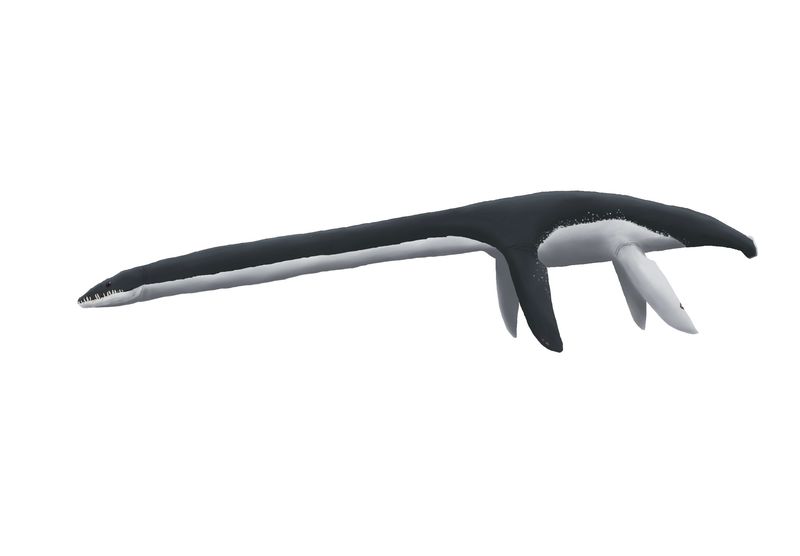
While other marine reptile fossils have been found in British Columbia before, Traskasaura sandrae holds a special distinction – it’s the first elasmosaur from this region to receive an official scientific name. This milestone puts British Columbia on the paleontological map in a new way.
The naming process follows strict scientific protocols, requiring detailed comparisons with all previously known species. Researchers published their findings in a peer-reviewed journal, making the name official in the scientific community.
Local pride runs strong around this discovery. The fossil represents not just a new species but also highlights the rich prehistoric heritage of Canada’s western coastline that had been overlooked until now.
Fills A 40-Year Gap In North America’s Marine Reptile Record
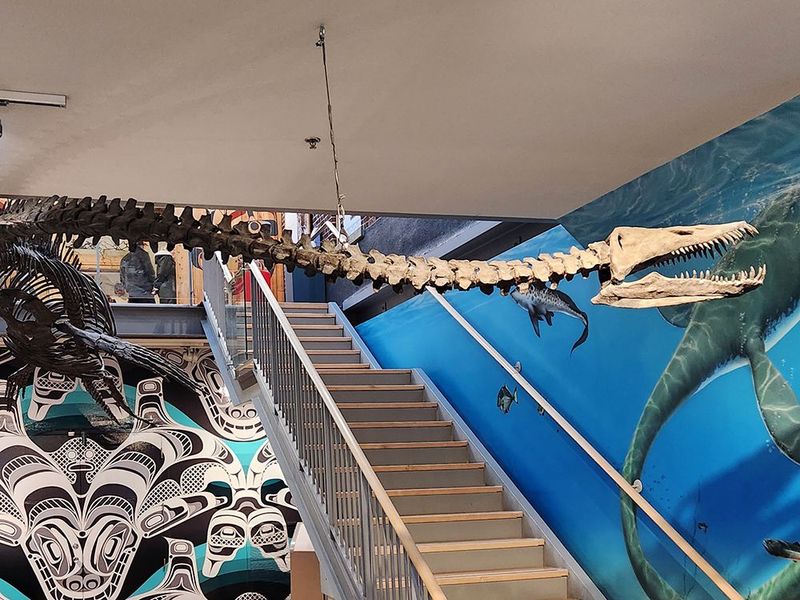
Before Traskasaura’s discovery, paleontologists faced a frustrating 40-year blank spot in North America’s marine reptile timeline. This new species bridges that gap, connecting earlier and later elasmosaur species like a missing puzzle piece.
The time period when Traskasaura lived – roughly 80 million years ago – was previously a mystery zone for understanding how these creatures evolved. Rock formations from this era either weren’t preserved well or hadn’t yielded significant fossils until now.
Scientists can now track changes in body structure, hunting adaptations, and ecological roles across a continuous timeline. This single discovery has essentially rewritten textbooks about marine reptile evolution in North American waters!


